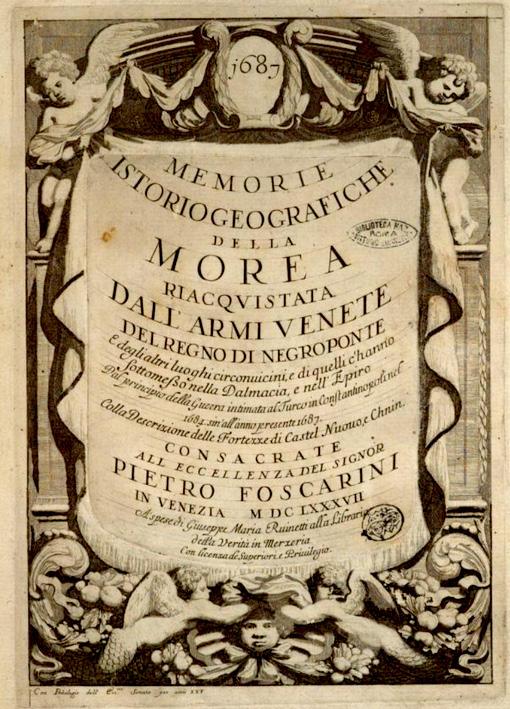
2 minute read
Photeine v. Perra
Recensioni
375
Advertisement
yiannis mavromatis, eirini lyDaKi anD eirini PaPaDaKi (eDs.), Κρητικός Πόλεμος (1645–1669): Άγνωστες πτυχές [= The Cretan War (1645–1669): Unknown Aspects]
Heraklion, Vikelaia Municipal Library, 2021, pp. 380.

The rivalry between Venice and the Ottoman Empire constitutes indubitably a most significant section of southeastern Mediterranean history. From the 15th to the early 18th century the two opposing forces were engaged in seven wars which ended with the final victory of the Ottoman state. This victory, however, was not an easy one, since the Venetian ‘lion’ did not cease to spread its wings across the Mediterranean forcing the Ottomans to pay a significant death toll in their efforts to expand their plans of conquest.
In the aforementioned series of those Venetian–Ottoman wars, it was the Fifth (1645–1669) that proved excessively harsh and long in duration, also known as
376 NAM ANNo 3 (2022), FAsc. speciAle 2. GiuGNo 2022 VeNetiAN-ottoMAN WArs - reVieWs
‘the Cretan War’, since the great island was to become the target of the Ottoman Porte following the loss of Euboea/Negroponte (1470) and Cyprus (1571), which signaled the abatement in the dynamics of the Serenissima’s possessions network. The bibliographical references dealing with the Cretan War are countless, yet this volume consists of a major contribution summing up and analyzing various facets of society, economy and political-military matters, primarily based on the pertinent use of archival material. It appears as the collective labors on the part of professors at universities and researchers, through twenty-one studies derived from papers presented during a relevant international congress held at Heraklion (1–3 November 2019). The editorial task was undertaken by Yiannis Mavromatis, Eirini Lydaki and Eirini Papadaki, while the volume is dedicated to the memory of Stylianos Alexiou, Nikolaos Panagiotakis, Nikos Giannadakis and Andreas Savvakis.
The first two studies provide a survey of historical texts as well as of their historiographical approach and research perspectives. In particular, Yiannis Mavromatis offers a general conspectus of 17th-century Greek historical texts, while Anastassia Papadia-Lala attempts to present the Cretan War through various historiographical approaches thus, manifesting its relevant research potential. In the third paper, Chryssa Maltezou presents the Republic’s defeat as it was handled on the part of Venice which was an issue of major importance for the Serenissima, as the reverberation of Crete’s loss on Venetian society was a serious one; thus, the wound caused by the unfortunate outcome of the war on the Republic’s collective memory had somehow to be smoothened. In the fourth essay, Ioanna Steriotou analyzes the facet of the war dealing with fortifications and defensive capabilities on the part of the Venetian administration regarding the most important military mechanics and their modus operandi during the period of the war.
Essays five and six by Kostas Tsiknakis and Angeliki Panopoulou respectively deal with topics of social and economic history. A particularly interesting issue related to research for Venetian domination – and Latinocracy in general – is the stance of the Greek populations towards their foreign rulers. In our present case, the Greeks participated actively in the fight against the Ottomans contributing an essential assistance in Venice’s long-term struggle against the Porte. However, this fight was dependent on a large scale in the effectiveness of the Republic’s supplying network, as described by Angeliki Panopoulou, who furnishes details










